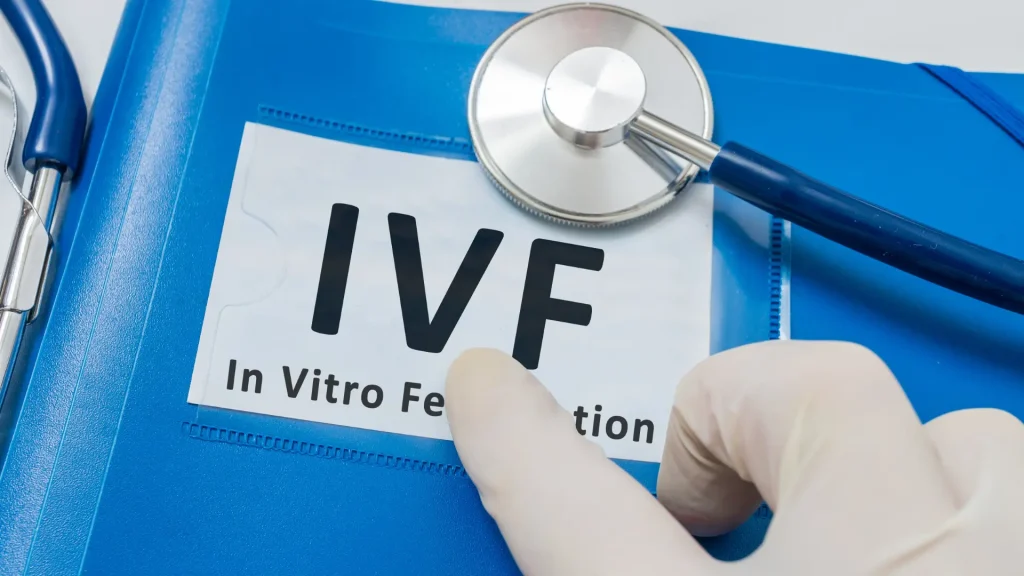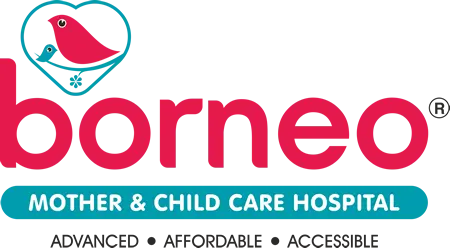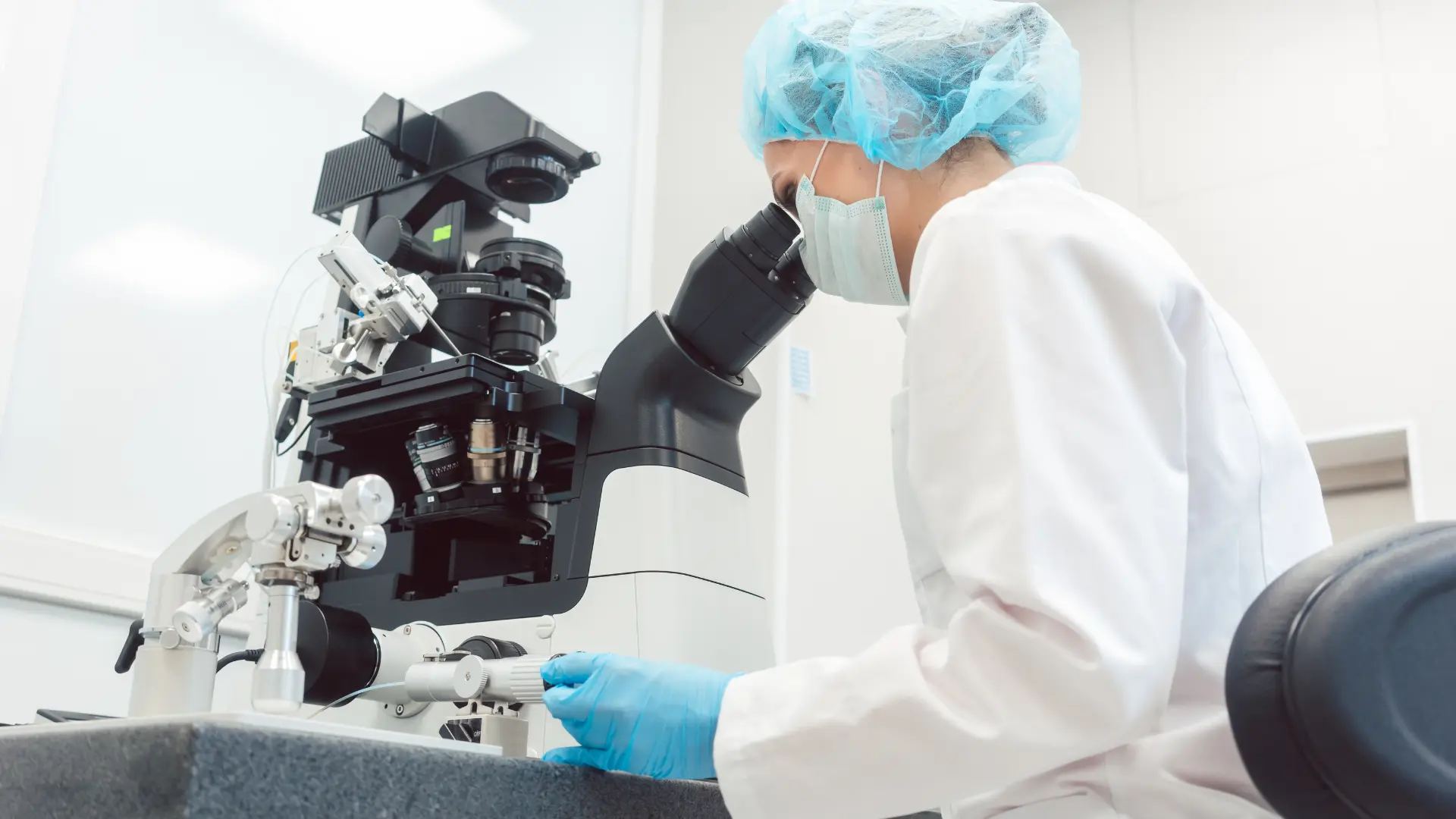In summary, the IVF process is a remarkable and highly coordinated journey of hope, science, and meticulous care. This guide has provided a clear, illustrated, step-by-step walkthrough of the entire IVF treatment cycle, demystifying each phase to empower you with knowledge.
We have journeyed together from the initial stage of ovarian stimulation with injections, through the careful monitoring and egg retrieval procedure, into the heart of the embryology lab for fertilisation and development to the blastocyst stage, and finally, to the gentle and hopeful embryo transfer. Our goal has been to transform what can seem like a complex medical maze into a clear and understandable path.
Ultimately, while the science is complex, the goal is simple: to help you build your family. Understanding each step of the IVF process is the best way to reduce anxiety and feel like an active participant in your own story. This guide, with its practical tips on how to prepare your body for IVF treatment, is designed to be your trusted companion.
Remember that you are supported at every turn by a dedicated team of fertility specialists, nurses, and embryologists. At Borneo Hospital, we are committed to guiding you through this journey with a combination of advanced expertise and heartfelt compassion, turning the possibility of a positive result into one of today’s many IVF success stories.
Introduction
If you and your partner are considering In Vitro Fertilisation (IVF), the path ahead can seem both hopeful and a little intimidating. You hear terms like “stimulation,” “retrieval,” and “transfer,” and it can feel like a complex medical puzzle. The first step to feeling confident and in control of your journey is understanding it. That is why a clear guide to the IVF process is so important.
At Borneo Hospitals, we believe an empowered patient is a successful patient. Our IVF specialists, including Dr. Hemant Nagrale and Dr. Shilpa Sakure, are not just here to provide world-class IVF treatment; we are here to be your partners, explaining every detail along the way. Think of this as your personal, illustrated roadmap to the IVF process, designed to turn anxiety into understanding.
Before We Begin: How to Prepare Your Body for IVF Treatment
Your journey doesn’t start with the first injection. It begins a few weeks or even months before, with simple preparations to get your body ready. This includes eating a balanced fertility diet, taking prenatal vitamins (especially those containing folic acid), maintaining a healthy weight, reducing stress, and abstaining from smoking and alcohol. These steps create the best possible foundation for a successful IVF treatment cycle.

The IVF Journey: A Step-by-Step Guide
The typical IVF process takes about four to six weeks to complete one cycle. Here’s what you can expect at each stage.
Step 1: Ovarian Stimulation (The Injections)
- What it is: In a normal menstrual cycle, your body typically matures one egg. The goal of this first step is to encourage your ovaries to mature multiple eggs at once. You will self-administer daily hormone injections (gonadotropins) for about 8-12 days.
- What it feels like: This can be the most daunting part for many. The needles are very small, and our nurses will teach you exactly how to do it. You might feel some bloating or mild discomfort, which is a sign the medications are working.
- Pro-Tip: Set a daily alarm on your phone for your injection time to ensure consistency. Keeping the medication in the fridge can sometimes make the injections feel more comfortable.
Step 2: Monitoring and Trigger Shot
- What it is: During the stimulation phase, you’ll visit our IVF centre every few days for blood tests and ultrasound scans. This allows your fertility specialist to monitor the growth of the follicles (the sacs that contain the eggs) and adjust your medication dose.
- What it feels like: This phase involves frequent appointments, so it can feel a bit demanding. But it’s also exciting to see the progress on the ultrasound screen!
- The Trigger Shot: Once your follicles are the right size, you’ll take one final injection, called a “trigger shot.” This special hormone tells the eggs to complete their final stage of maturation, preparing them for retrieval.
Step 3: Egg Retrieval (The Procedure)
- What it is: The egg retrieval happens exactly 35-36 hours after your trigger shot. It’s a minor surgical procedure performed at our hospital. While you are under light sedation (so you won’t feel any pain), the doctor uses a very thin needle, guided by ultrasound, to collect the eggs from the follicles. The entire procedure takes only about 20-30 minutes.
- What it feels like: You will be sleepy from the sedation. Afterwards, you might feel some cramping or mild discomfort, similar to period pain. We advise you to rest for the remainder of the day.
Step 4: Fertilisation in the Lab (Where the Magic Happens)
- What it is: On the same day as the egg retrieval, the male partner provides a semen sample. Our highly skilled embryologists then get to work.
- Conventional IVF: The eggs and sperm are placed together in a special dish to allow fertilisation to happen naturally.
- ICSI Treatment (Intracytoplasmic Sperm Injection): If concerns arise about sperm quality, our embryologist will perform ICSI. They will select a single, healthy sperm and inject it directly into the centre of each mature egg. This is a revolutionary technique for overcoming many forms of male infertility.
- Pro-Tip: This is a crucial part of the IVF treatment. The quality of the embryology lab is directly linked to the success rate.
Step 5: Embryo Development (Growing to Blastocyst)
- What it is: The morning after the retrieval, the embryologist will check how many eggs have been successfully fertilised. These fertilised eggs are now called embryos. The embryos are kept in a special incubator for the next 3 to 5 days, where they will grow and divide.
- The Blastocyst Stage: The goal is for the embryos to reach the blastocyst stage (usually by day 5), which is a more advanced stage of development with a higher chance of implantation.
Step 6: Embryo Transfer (The Gentle Final Step)
- What it is: This is the simplest and quickest procedure of the entire IVF process. It feels very similar to a Pap smear test. The doctor uses a very thin, soft catheter to place one or two of the best-quality embryos into your uterus. No anaesthesia is needed.
- What it feels like: This is a very hopeful and emotional moment. You can often watch the tiny flash of light on the ultrasound screen as the embryo is placed.
Step 7: The Two-Week Wait
- What it is: This is the period of about 9-12 days between the embryo transfer and your official pregnancy test.
- What happens after an embryo transfer? You will be on medication (usually progesterone) to support your uterine lining. We advise light activity but no heavy lifting or strenuous exercise.
- What it feels like: For many couples, this is the hardest part of the IVF process. It’s a time of waiting and hoping. Our fertility counselling team is here to provide support during this anxious time.

Consult Our Experts
If you are considering IVF treatment and are looking for a team to guide you with expertise and care, we invite you to consult with our specialists at Borneo Hospitals.
You can visit your nearest Borneo Hospital branch in Thane, Nashik, Waluj, or Raipur.
If it’s easier for you, you can also call our helpline for advice. We invite you to make an appointment with our esteemed fertility specialists:
- Dr. Hemant Bhaurao Nagrale, Fertility Specialist and Gynaecologist at Borneo Hospital, Nashik.
- Dr. Shilpa Sakure, IVF SPECIALIST (MBBS, DNB) at Borneo Hospital, Raipur.
Further Reading & Authoritative Sources
- American Society for Reproductive Medicine (ASRM): In Vitro Fertilisation (IVF)
- Indian Council of Medical Research (ICMR): National Guidelines for Accreditation, Supervision & Regulation of ART Clinics in India
- Human Fertilisation & Embryology Authority (HFEA), UK: In vitro fertilisation (IVF)
- Fertility and Sterility (Research Journal): Official journal of the ASRM (For advanced research).



